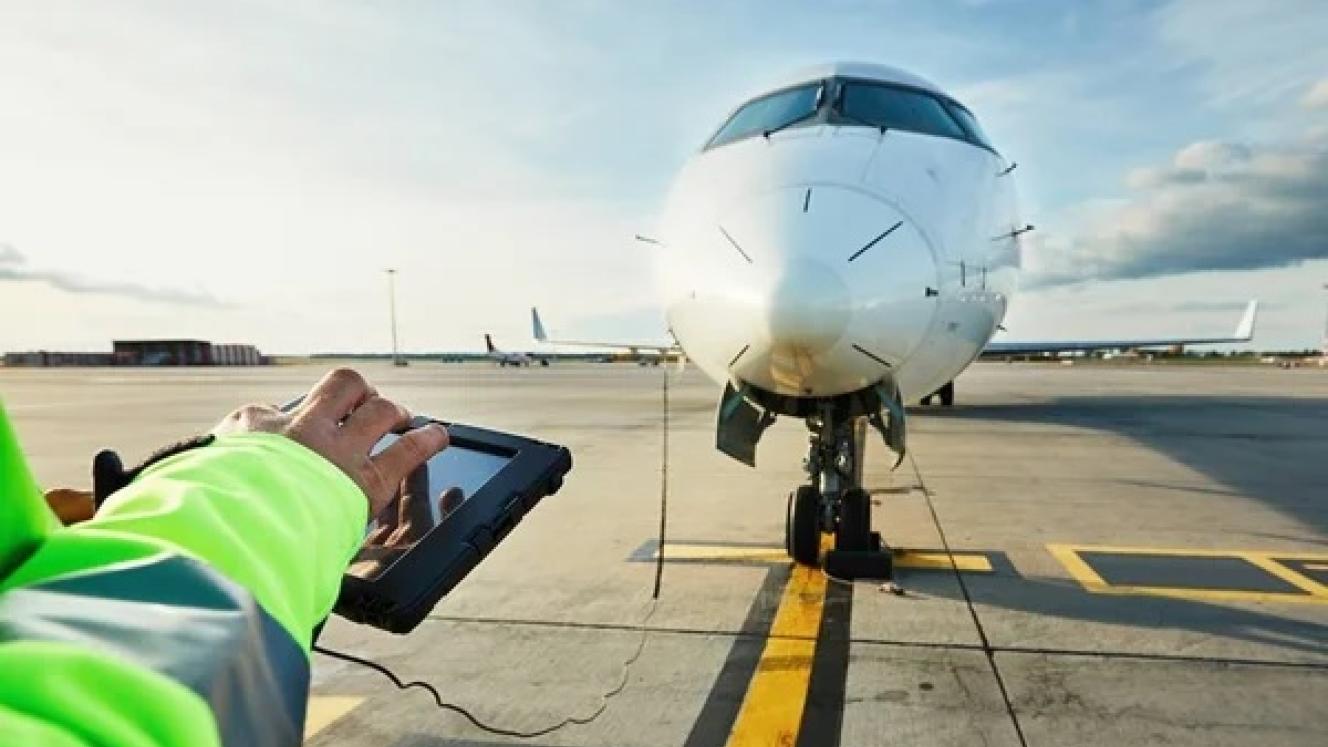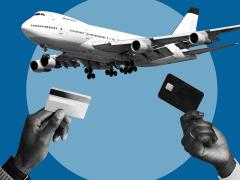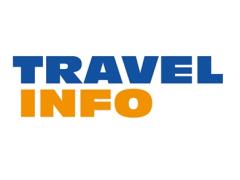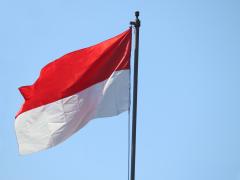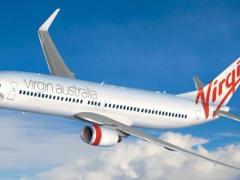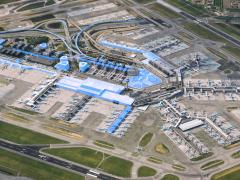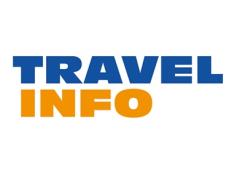IATA has shone a spotlight on the need for focusing on standards, digitalisation and addressing the skilled labour shortage in ground-handling activities.
These are necessary to build resilience and ensure long-term sustainability post-pandemic.
“There will be challenges as ground-handling operations ramp up to meet growing demand as the aviation industry’s recovery from COVID-19 progresses. Overcoming labour shortages, ensuring safety with strict adherence to global standards and digitalisation and modernisation will be critical to achieving a scalable restart,” says Monika Mejstrikova, IATA’s Director of Ground Operations.
Mejstrikova has proposed a set of guidelines for ground handling providers and airports to follow post-pandemic:
* Labour
To retain skilled staff, governments should include ground handlers in wage subsidy programs.
To speed up training, the use of competency-based training, assessments and online training formats should be increased.
To increase the efficiency of staff utilization, a training passport should be developed that would recognize skills across ground handlers, airlines and/or airports.
* Safety
Global standards are the foundation for safe operations.
IGOM (IATA Ground Operations Manual): IATA has called for the ground-handling industry to accelerate the global adoption of IGOM to encourage worldwide operational consistency and safety. IGOM now has an its own online platform where airlines and ground handlers can share the results of their gap analysis between company procedures and IGOM, offering a global benchmark for harmonisation and efficiency.
ISAGO (IATA Safety Audit for Ground Handling Operations): IATA has also urged governments to recognise ISAGO in their regulatory frameworks. This will deliver greater harmonisation, Safety Management System implementation by ground handlers, and reduction of duplicate audits that providers are facing.
* Digitalisation and modernisation
A driver of digitalisation/modernisation offered by IATA is the CEDAR initiative (Connected Ecological Digital Autonomous Ramp), which focuses on:
* Digitalisation of aircraft turnaround,
* Modernisation of ground support equipment and processes, and
* Enhanced stand design.
